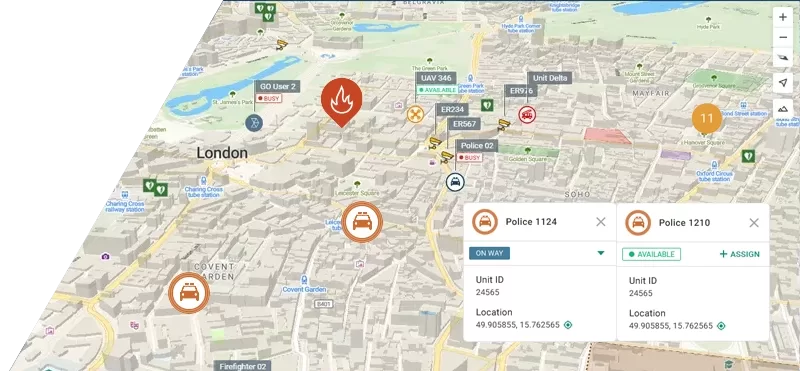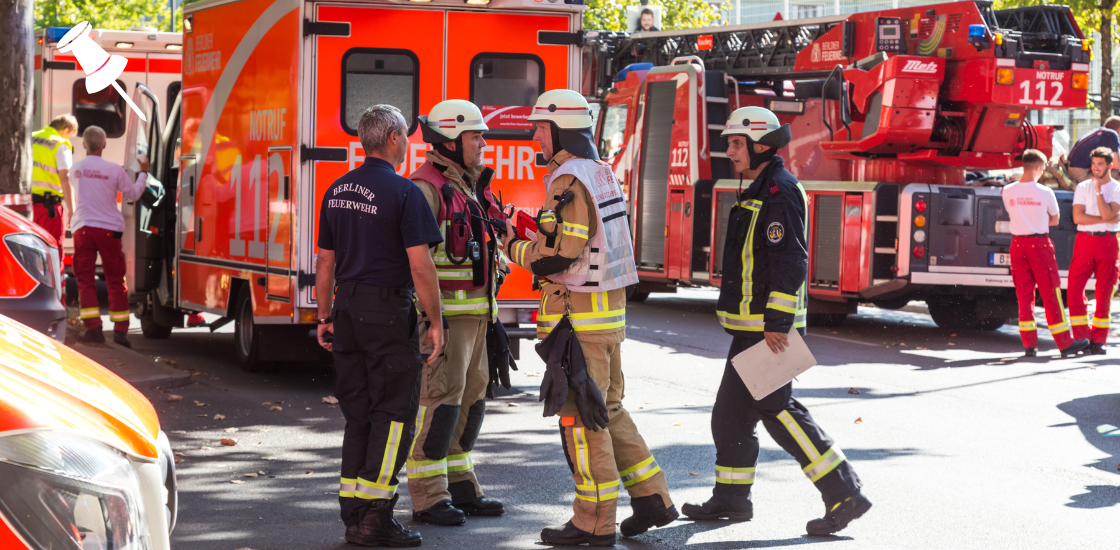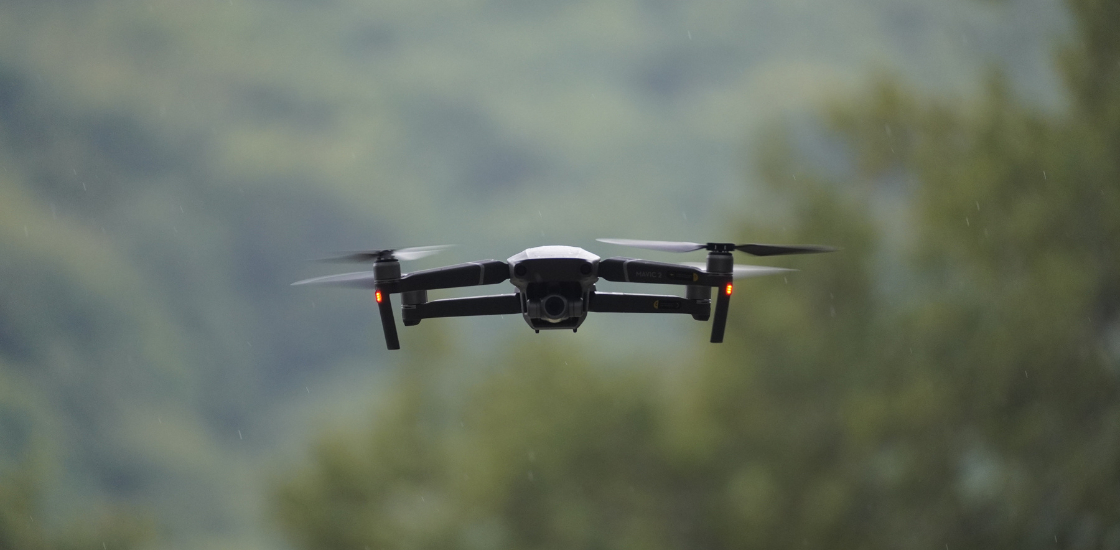Urban traffic management often becomes a barrier for emergency responders who depend on every minute to keep people safe. In Třebíč, Czech Republic, this challenge was especially visible during peak traffic hours, when even a small delay could affect the outcome of an operation. To address this, the city tested an integrated setup using GINA Software and Herman technologies. The goal was simple, support faster response while keeping everyday traffic moving predictably.
This case study shows how the solution worked in real conditions and what benefits it brought to both emergency crews and the public.
Table of Contents
Facing the Challenge
Emergency vehicles often face delays at signalized intersections, even when priority systems are available. Traditional methods activate broadly or with delays, which disrupts regular traffic and do not reflect the actual route taken by the emergency unit. Třebíč needed a more precise, data driven method that would:
- Reduce response times
- Improve safety for responders and the public
- Limit unnecessary disruption for regular drivers
- Support better coordination between dispatchers and infrastructure
Approach in Třebíč
Třebíč deployed a coordinated setup that connected the GINA Tablet with Herman’s intelligent traffic management system. The goal was to synchronize real time routing information from dispatch with adaptive signal control across key intersections.
When an incident was created in the dispatch system, for example in a computer aided dispatch platform such as Smart CAD by GINA Software, the emergency vehicle immediately received navigation on the GINA Tablet. Herman then analyzed the planned route directly from the navigation and identified which intersections the vehicle was expected to reach. Priority was prepared only at those locations, which limited unnecessary activations and kept the rest of the city’s traffic flowing normally.
Traffic lights received these priority requests before the emergency vehicle arrived, which created a smoother and more predictable passage through busy areas. Because the system continuously monitored the vehicle’s actual movement, it adjusted in real time if the route changed or conditions shifted. This real time adjustment prevented unnecessary priority calls and avoided sudden signal changes that can confuse drivers or lead to unsafe, last minute decisions on the road.

Results
Testing in Třebíč showed clear improvements for both emergency responders and everyday traffic.
- Faster movement through dense areas
Intersections were prepared in advance, allowing emergency units to pass without unnecessary stops or hesitation. - Reduced disruption for city traffic
Priority was activated only when it genuinely supported the response, which kept regular traffic flowing normally. - Higher operational safety
Early preparation of intersections reduced abrupt braking and unclear driver behavior, improving conditions for all road users. - Better coordination and predictability
Dispatchers, drivers, and traffic infrastructure operated with the same real time data, which strengthened reliability and decision-making.
Impact
The cooperation between GINA Software and Herman proved that modern traffic management can reliably support faster emergency response without overwhelming city traffic. The combined solution brought clarity and structure to high-pressure situations and offered a practical model for cities seeking smarter mobility strategies supported by real time, data driven coordination.
Because the infrastructure is flexible, the same approach can be applied in other municipalities. It enables emergency units to travel efficiently and safely, strengthens coordination across systems, and contributes to a more predictable urban environment during critical events.










